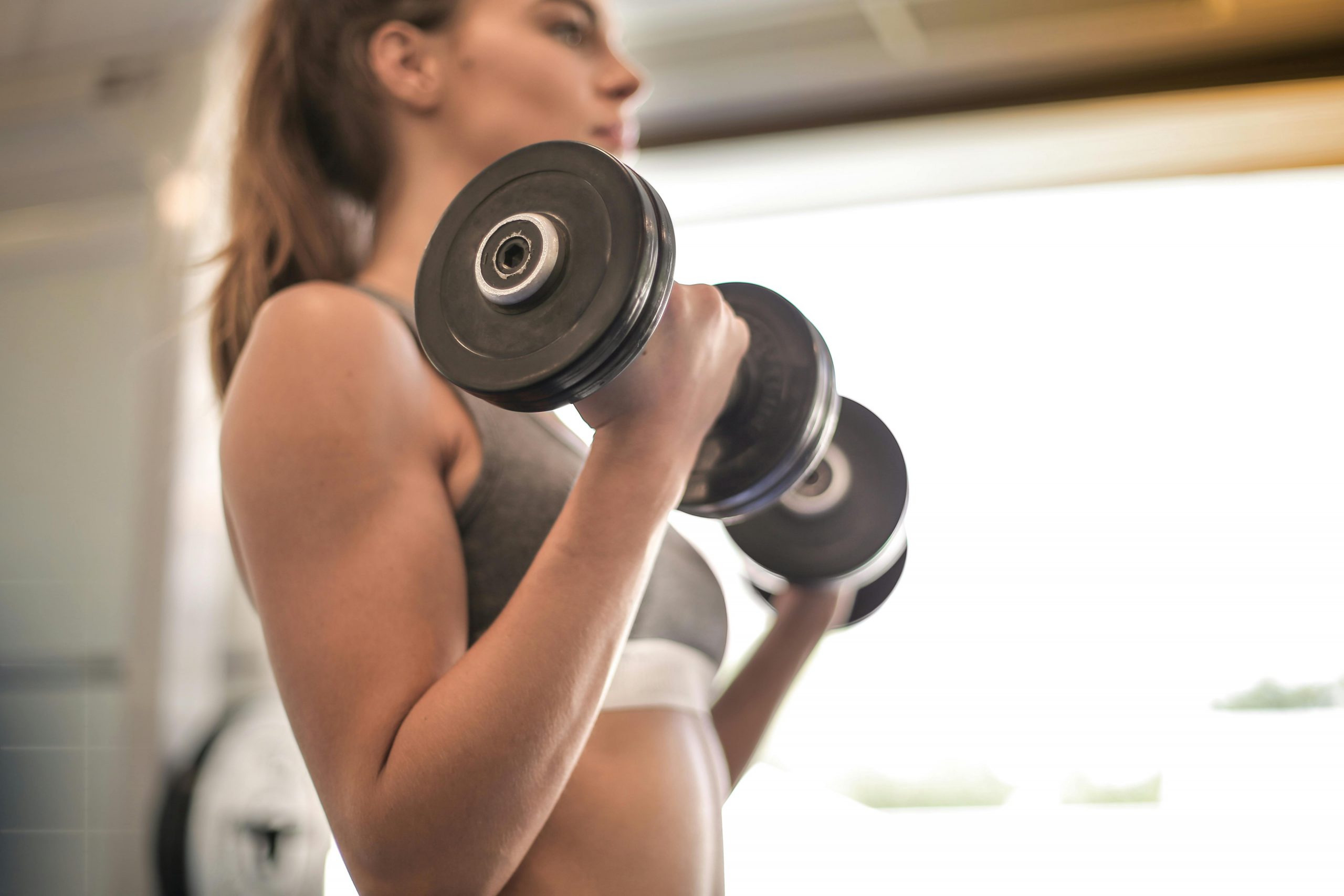
Ready for deltoids that pop?
Want shoulders that pop in every direction? It’s time to sculpt those 3D deltoids. Your shoulders are key to achieving that coveted V-taper physique; however, many guys neglect proper delt development. By targeting all three heads of the deltoid muscle—anterior, lateral, and posterior—you’ll build full, round shoulders that command attention.
Moreover, whether you’re flexing in the mirror or filling out a t-shirt, well-developed delts take your upper body to the next level. In this guide, you’ll discover the most effective exercises and training techniques to transform your shoulders from flat to phenomenal. As a result, you’ll be ready to turn heads and boost your confidence with show-stopping delts.
Anatomy of the Deltoids (Front, Middle, Rear)
Understanding the structure of your deltoids is crucial for developing impressive, well-rounded shoulders. Specifically, your deltoid muscle consists of three distinct heads, each playing a unique role in shoulder function and aesthetics.
Anterior (Front) Deltoid
The anterior deltoid, located at the front of your shoulder, is responsible for lifting your arm forward and inward. For example, this head is heavily engaged in exercises like front raises and overhead presses, contributing significantly to that coveted “capped” shoulder look.
Lateral (Middle) Deltoid
Situated on the side of your shoulder, the lateral deltoid is key for lifting your arm out to the side. Consequently, it’s the primary muscle targeted in lateral raises and upright rows, giving your shoulders that sought-after width and creating the illusion of a smaller waist.
Posterior (Rear) Deltoid
Often overlooked, the posterior deltoid at the back of your shoulder is crucial for balanced development. Specifically, it helps pull your arm backward and is engaged in exercises like reverse flyes and face pulls. Furthermore, developing this head prevents the hunched-forward look and completes your 3D deltoid appearance.
Best Exercises to Build 3D Deltoids
To sculpt impressive, three-dimensional deltoids, you’ll need to target all three heads of this complex muscle group. Here are the most effective exercises to help you achieve that coveted “boulder shoulder” look:
Overhead Press
The overhead press, also known as the military press, is the king of shoulder exercises. It primarily targets the anterior (front) deltoid; however, it also engages the lateral and posterior heads. Perform this exercise standing or seated, using a barbell or dumbbells for variety.
Lateral Raises
To build width and that sought-after “capped” look, lateral raises are essential. For example, focus on proper form, keeping your arms slightly bent and raising the dumbbells to shoulder height. Additionally, for an added challenge, try cable lateral raises to maintain constant tension.
Face Pulls
Don’t neglect your rear delts! Face pulls are excellent for targeting the often-overlooked posterior head. In addition to building muscle, this exercise improves posture and shoulder health. Use a cable machine or resistance bands for this movement.
Remember, consistency and progressive overload are key to developing full, 3D deltoids. Therefore, incorporate these exercises into your routine and watch your shoulders transform!
Deltoid Workout Routine
Targeting All Three Heads
To develop impressive 3D deltoids, you need to target all three heads of the muscle: anterior (front), lateral (side), and posterior (rear). Furthermore, incorporate exercises that hit each area for balanced growth. For instance, start with compound movements like overhead presses, which engage multiple heads simultaneously. Then, follow up with isolation exercises to fine-tune each section.
Essential Exercises
Include these key moves in your routine:
- Overhead Press: Targets all three heads
- Lateral Raises: Emphasizes the lateral head
- Face Pulls: Focuses on the rear deltoids
- Front Raises: Isolates the anterior head
Aim for 3-4 sets of 8-12 reps for each exercise. Progressive overload is crucial; therefore, gradually increase weight or reps as you get stronger.
Frequency and Recovery
Furthermore, make sure to train your deltoids 2 times per week, allowing at least 48 hours between sessions for recovery. Additionally, keep in mind that shoulders are involved in many upper-body movements. Therefore, be mindful of your overall training volume to prevent overuse injuries and ensure optimal growth.
Conclusion
To build impressive 3D deltoids, focus on consistency and proper form. Moreover, target all three heads of the muscle with a mix of compound and isolation exercises, and support your efforts with proper nutrition and rest. With patience and persistence, your hard work will pay off as your deltoids pop, creating a V-taper physique. Finally, get out there and build those boulder shoulders—your dream physique awaits!
Author: Luke Miranda



